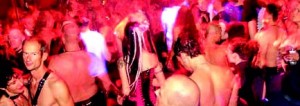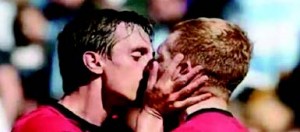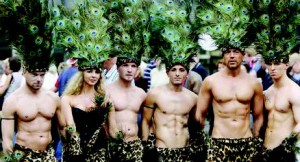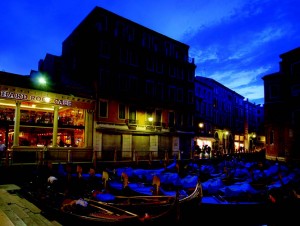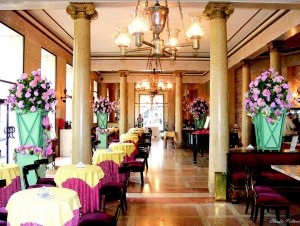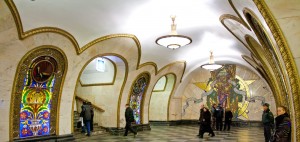By ROBERT ELIAS DEATON
We’re a sucker for Brazilian butts. And nowhere on earth are there more on display then in the incredible city of São Paulo . It’s not only the largest city in Brazil; it’s the largest city in all of South America, and the seventh-largest city by population in the world. It’s just another example of the fact that size matters.
At last count, the population of São Paulo was just over 11 million—three million more than NYC. Ah, and the people. Attractive, friendly, open, and happy. And, lest we forget the most charming part, they speak Portuguese—but with an Italian accent, in case you’re relying on your Rosetta Stone.
They’ll be rattling it off at such a machine-gun pace that there is no point in trying to keep up your end of the conversation. It’s all part of the adventure in this city named after Saint Paul—as in the Apostle, not Minnesota. Getting to São Paulo can be a bit of a headtrip since it’s an eight-hour flight from Miami (or ten hours from New York) non-stop as the crows fly via the national airline TAM Linhas Aereas.
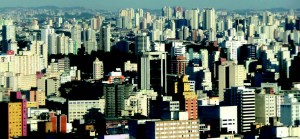 Translation: two full-length movies, a four course dinner and a three-hour nap. It gives new meaning to the phrase: somos nós lá ainda? (Are we there yet? for the Baptists among us.) Upon landing at the São Paulo/Guarulhos– Governador André Franco Montoro International Airport, take a deep breath and plunge head first into the excitement.
Translation: two full-length movies, a four course dinner and a three-hour nap. It gives new meaning to the phrase: somos nós lá ainda? (Are we there yet? for the Baptists among us.) Upon landing at the São Paulo/Guarulhos– Governador André Franco Montoro International Airport, take a deep breath and plunge head first into the excitement.
You get to the city via taxi (there is a bus, but you’re gay, remember?). This will set you back exactly 85 Brazilian reals, or $42 in real money. Buy a pre paid taxi voucher in advance, since the traffic will be monstrous. Though it’s only 19 miles to São Paulo, it could take as long as an hour to get there.
You don’t want to be in the back seat when that meter is ticking. Our favorite hotel in São Paulo is the Mercure São Paulo Alamedes Hotel . It’s not the most luxurious hotel in the city, but it is one of the most convenient and reasonably priced at $139 per night. It has everything you could possibly need—room service, a good gym, rooftop pool with a view, a fantastic cute staff, and wi-fi service.
It is centrally located in the most fashionable part of town, called the Jardins district, which not only has the most exclusive shopping street in the country—it’s called Oscar Freire (think Rodeo Drive), it has the majority of the gay clubs as well as the São Paulo Museum of Art. On the club scene, spending Sunday at Dorothy Parker (Alameda Lorena, 2119 – Jardins) is must do. During the rest of the week, it’s a very very private club with a guest list.
And no, you’re not on it. On Sunday, however, they open the doors to extremely cute gay guys who like dancing flesh to flesh beginning at 11 p.m. and hanging out until 2 a.m. or so. Not far away is the Ritz (Alameda Franca, 1088 – Jardins), a fun burger and pizza joint where you can people watch all night, and linger over a cappuccino.
Afterward on Fridays and Saturdays, head across town to Flex Club (Ave. Marquês de São Vicente 1767 – Barra Funda)—an enormous hanger-like structure that holds 2,000+. While that may sound like a large number, wrap your head around 4 million!
That’s the number of gays expected to attend the Parada do Orgulho Gay GLBT de São Paulo on June 10. Translation: Gay Pride, São Paulo style. Prepare to sweat—and grin ear-to-ear.
Robert Elias Deaton is a world-traveling epicure who enjoys the finer things in life.






